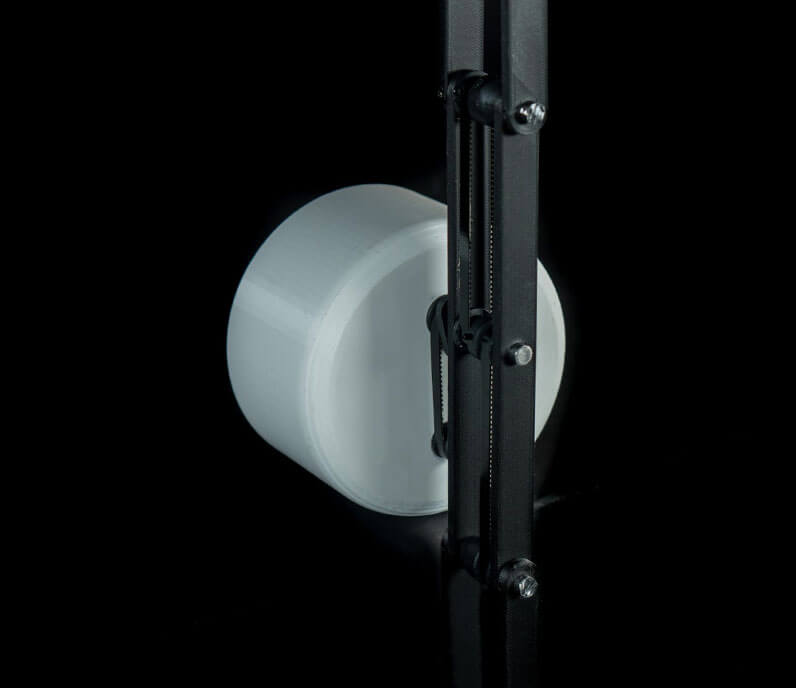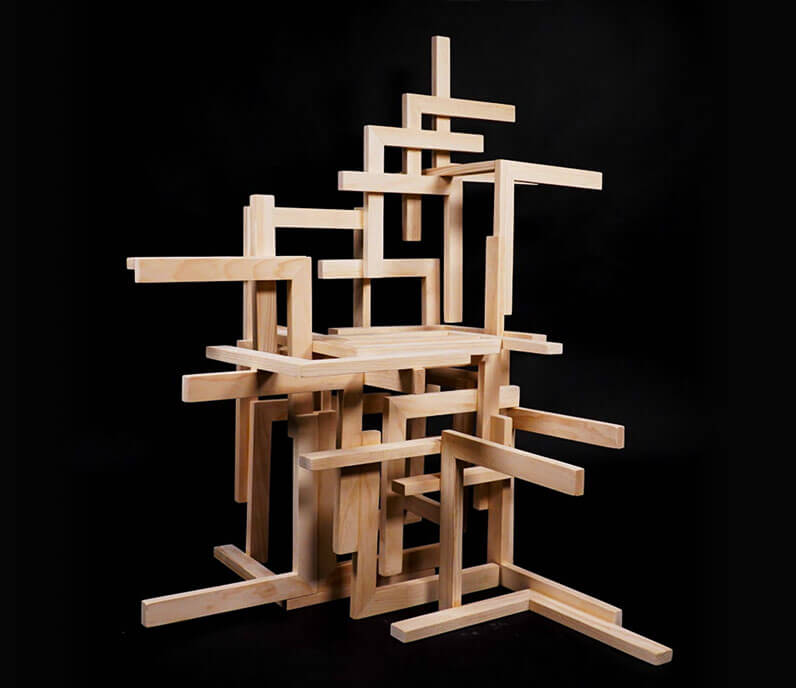


OBJECTS + INTERACTION
4.031 DESIGN STUDIO
MIT Department of Architecture
This course is an overview of design as the giving of form, order, and interactivity to the objects that define our daily experience. Instruction follows the path from project to interactive product through lectures, hands-on workshops, and studio assignments. Students will gain an understanding of the overall design process, with an emphasis on design development and constraints, preparing them for work in a studio environment.
Topics include the observation and critique of objects; interaction design and user experience; design methodologies, representation, and source material; current dialogues in design objects and production; economies of scale vs. economies of means; designing for unpredictable human behavior; and the role of technology in design.
This course provides a foundation in prototyping skills such as carpentry, digital fabrication, electronics, coding, and interaction. Lectures will provide a technical foundation to enable students to create their products, as well as a foundation in the current dialogues in the design, production, and significance of objects.
Project 1. Chair
We will start the course by constructing one of Enzo Mari’s Autoprogettazione chairs, and proceed to use the techniques you’ve learned to draw, model, build and critique your own piece of furniture inspired by Sol Lewitt’s drawing instructions.
Rule-Based Chair
Create a seat based on a set of simple design instructions. Your creation can be a chair, stool or bench but must be derived from a set of rules.
Constraints
- Your chair design must fit within a 3’ x 3’ x 5’ volume
- Each chair must be fabricated from 1x2 lumber stock and use no more than 10 1x2’s
- Your chair should stand and should be able to hold the weight of a person.
- Keep your instructions simple and easy to understand.
- Pay close attention to details, such as joints, placement of screws, surface finish, etc.
- Your chair should be well constructed and look like a finished product.
Project 2. Clock
We will end our course by designing an interactive clock, and providing a foundation in human-computer interaction, rapid prototyping, 3D printing, and physical computing. For thousands of years, humans have developed objects to measure and visualize time, yet the experience of time is still highly subjective and requires a physical representation so it can be seen, touched or heard.
Interactive Clock
Design and fabricate an electronic, interactive clock.
Constraints
- Must fit within a 12” x 12” x 12” volume.
- Limited to the sensors and electronics provided.
- Fabricated by 3D printing or CNC milling.
- Focus on how interaction relates to form. The shape of your timer should communicate how someone uses or interacts with it.
- Constructed to look and feel like a finished product.
COPYRIGHT © 2024